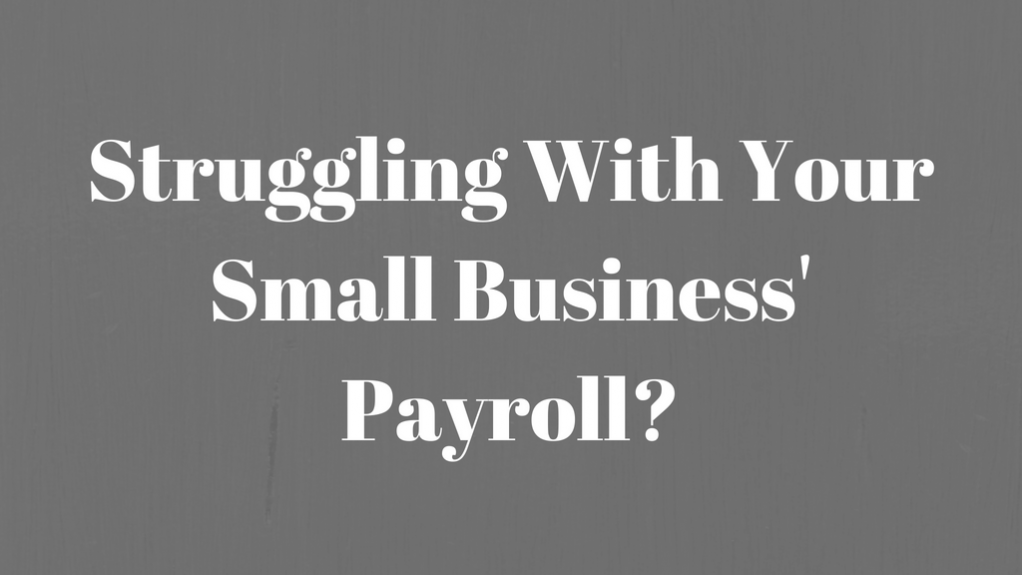Many entrepreneurs dream of building a business that grows and sustains itself over time. However, as much as business owners love growth, it does present new challenges.
As small businesses get larger, owners have to find ways to delegate work — either through independent contractors or by hiring employees. As you start growing your team, other operational areas like human resource management and payroll start to become more important.
When you’re a solopreneur, you only have to worry about paying yourself. However, as you start bringing on more employees, you have to implement accounting systems to improve the efficiency and organization of your payroll.
There are many payroll solutions, but they typically fall into two categories: finding an internal solution or hiring a third-party to manage payroll for you. There is not a right or wrong option for managing payroll — it mostly depends on the amount of time you can commit and your knowledge of payroll and accounting practices.
Because payroll tasks can be significantly time-consuming, it helps to use accounting programs and payroll software to streamline payroll management. Moreover, there are several payroll management options on the market that can be customized for your business size and industry. No matter if you decide to hire a third-party or manage payroll internally, it’s important that you understand your options and take careful consideration before making a decision.
Payroll Managment Questions to Consider
When you’re deciding on the ideal payroll management solution, try answering the questions below.
- Do I have high employee turnover? If your business is consistently hiring and losing employees, it will impact your payroll management. You’ll need a payroll process that easily enables you to add and remove employees from payroll without causing issues with payroll distribution.
- Do I have employees paying taxes in multiple states and/or countries? There are different tax requirements depending on the state and country of your employees or contractors. It’s important to have a system that collects and stores this sensitive data.
- Do I have a varied employee pool, with people working part-time, full-time, or overtime? Tracking hourly employees, overtime, and other varying data per employee can be a headache if there isn’t a plan in place for tracking that information.
- Do I have a seasonal business, with large swings in staff size? Many businesses experience peak months where they may need to scale up their staff. If your business needs this flexibility, it’s important to make sure you have a process to help manage payroll for these peak seasons.
Based on your answers to these questions, you may find your payroll to be more or less complicated. This is important to know, before choosing a software program to manage payroll internally or hiring a small business CPA Firm like Rivero, Gordimer & Company.
Payroll is More than Paychecks
Some business owners only think of payroll management as the cutting and distribution of paychecks every pay period. However, payroll management is a much more strategic and convoluted process that includes areas like:
- Calculating employee tax withholdings
- Tracking time off, sick days, and overtime, both paid and unpaid
- Providing direct deposit, e-payments, or paper check options, with digital signatures
- Filing reports required for local, state, and federal governments
- Administering benefits for healthcare, retirement, and flex spending accounts
- Filing employer payments and tax returns, including W-2 and 1099 forms
If you are looking for an outside accounting service to manage payroll for your small business, it’s important to know the full cost each year. Many accounting services charge per service, so it can add up quickly. Make sure you budget your payroll management fees into your monthly or annual expense reports.
How to Add an Employee to Your Payroll
Setting up a new employee to your payroll should be an easy process — once you learn the steps, you should be able to automate it in the future.
You need to begin with your own Employer Identification Number (EIN), so you can legally pay your staff. Then categorize your workers based on their classifications, pay scale, and legal standing — salaried workers and non-employee contractors are handled differently than regular hourly staff.
Determine your pay periods (bi-weekly is most popular), check your employee’s tax withholdings, and ensure all of their information is on file before ever starting work.
Payroll Management for Small Businesses
Payroll management is just one of the many areas of running a small business. While the basis for paying employees seems like an easy process, there are many other accounting and legal areas to consider. Moreover, small businesses can utilize a certified public accountant to help create a payroll strategy that is most advantageous to your business operations.
If you are looking for help managing payroll for your small business, contact the Tampa CPA Firm, Rivero, Gordimer & Company today!




